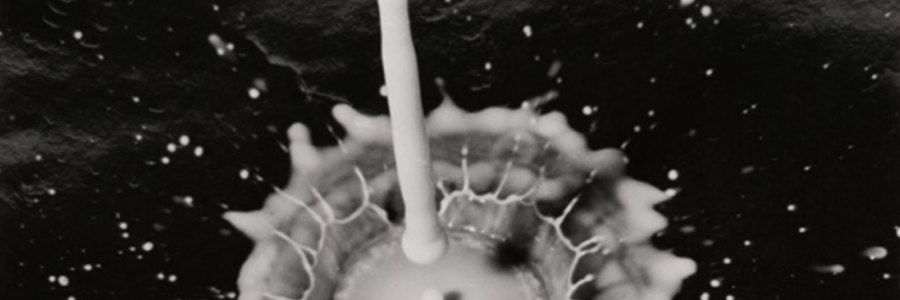Papa Flash
In 1932, the General Radio Company of Cambridge, Massachusetts, began selling its first stroboscope, consisting of a portable power unit connected by cable to a mercury-arc flash lamp. A capacitor discharged into the lamp ionized its gas and produced a brief, intense flash of light. The nineteenth-century Geissler tube, discharged intermittently, had become a stroboscopic flash tube. Listed under the code word “MAGIC” in the company’s catalogue, the 1932 GR strobe was capable of generating powerful, short flashes of light (5 microsecs) at precisely timed, variable rates of up to 180 flashes/sec. Over the next three decades, the company would develop and market a series of faster, more portable and relatively inexpensive strobes (see Table 1).
